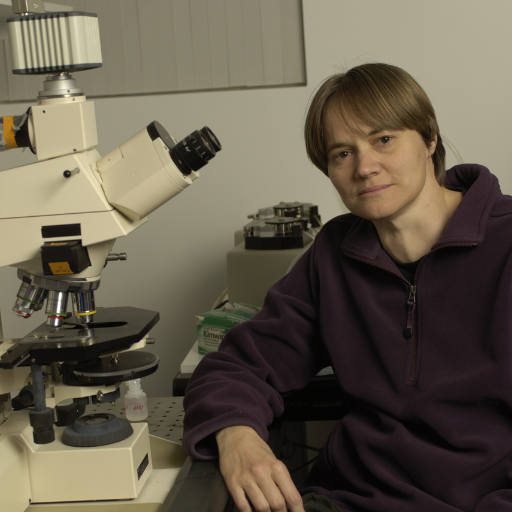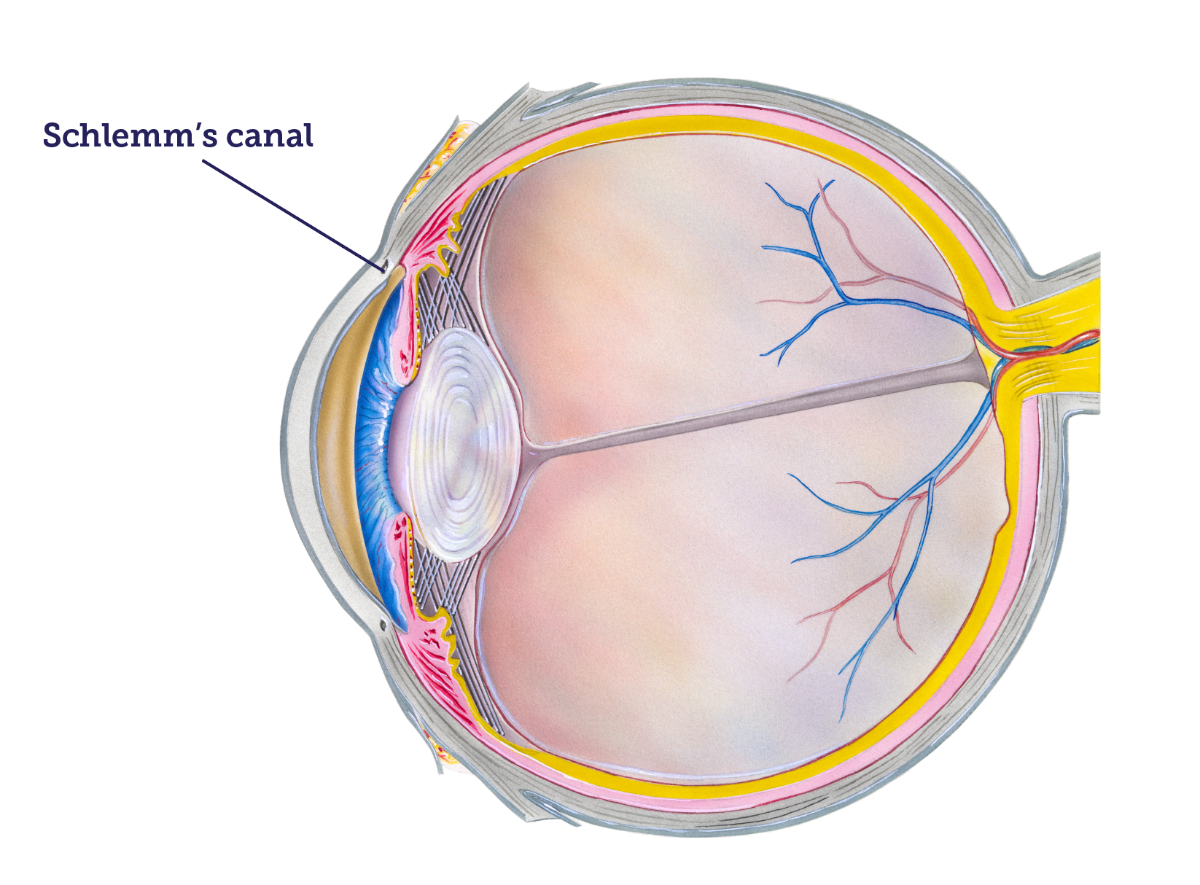Autophagy and Neurodegeneration in Glaucoma

About the Research Project
Program
Award Type
Standard
Award Amount
$100,000
Active Dates
July 01, 2012 - June 30, 2014
Grant ID
G2012022
Acknowledgement
Co-Principal Investigator(s)
Molly Walsh, MD, Duke University Eye Center
Goals
Under stress conditions, cells eat themselves to obtain the nutrients and energy required for survival. Drs. Liton, Walsh, and colleagues will investigate whether cell self-eating protects the optic nerve against the insult produced by chronic high eye pressure.
Summary
Increased eye pressure is the major risk factor for developing open-angle glaucoma, a potentially blinding disease that is characterized by irreversible damage to the optic nerve. As of today, we still do not know why increased eye pressure causes the death of the cells in the optic nerve, and how to protect them against such an insult. Recent studies suggest that autophagy, a cellular process by which cells recycle energy and nutrients, might protect cells from different types of stress. Indeed, malfunction of autophagy has been associated with several diseases, especially age-related diseases and neurodegenerative disorders.
Drs. Liton, Walsh, and colleagues are investigating whether autophagy can also protect cells in the optic nerve when subjected to high eye pressure. For this, mice with chronically induced high eye pressure to mimic human glaucoma will be used to monitor if such mechanism is activated in the optic nerve cells with elevated eye pressure. Most importantly, the scientists will monitor the extent of the damage to the optic nerve cells in mice with both a chronic high eye pressure and a defective autophagy mechanism.
If autophagy is shown to play a protective role in open-angle glaucoma, new treatments aimed at activating this cellular process could be developed for patients affected by this disease.
Related Grants
National Glaucoma Research
Assessment of Vascular Resistance in Glaucoma
Active Dates
July 01, 2025 - June 30, 2027

Principal Investigator
Brad Fortune, OD, PhD
Current Organization
Legacy Devers Eye Institute
National Glaucoma Research
Interleukin-10 As a Neuroprotective Factor in Glaucoma
Active Dates
July 01, 2025 - June 30, 2027

Principal Investigator
Tatjana Jakobs, MD
Current Organization
The Schepens Eye Research Institute, Mass. Eye and Ear
National Glaucoma Research
From Resilience to Vulnerability: How Stress Accelerates Aging
Active Dates
July 01, 2025 - June 30, 2027

Principal Investigator
Dorota Skowronska-Krawczyk, PhD
Current Organization
University Of California, Irvine




